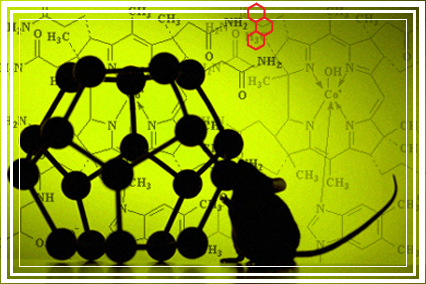TIMES 2.32.1 released
May, 2023
TIMES 2.32.1 (May, 2023) is available for download.
I. Modifications in the platform
- Documented Metabolism database version is updated from 3.4.0 to 3.4.1 (compatible with MetaPath version 5.4.1).
- EPIWin v.4.11 module is used for the calculations of logKow and Water solubility parameters accounted in the parametric layer of the applicability domain. Interface with the package is improved to work in a hidden Windows desktop to avoid unpleasant flashing when starting individual programs.
- Docking with OECD QSAR Toolbox ver.4.6.
II. Modifications in the models, existing and new functionalities
- Modifications in the non-kinetic genotoxicity models
o The training set of in vitro Ames mutagenicity S9 model is expanded with additional mutagenicity data collected according to the recommendations in the OECD technical guideline 471.
o Some of the alerts related to the interactions with DNA are modified (e.g., N-nitroso compounds alert).
o Slight modifications are
done in the in vitro S9 and in vivo rat metabolic simulators to
improve their predictive capabilities.
o Information for the enzymes catalyzing metabolic transformations
is implemented in in vitro genotoxicity models and in vitro S9
simulator.
- Modifications in the kinetic genotoxicity models:
o All modifications done in the non-kinetic models related to the update of training set, improved simulation of metabolism and alert definitions are transferred to the respective kinetic models.
o Categorization of the metabolic transformations names is done for Ames mutagenicity S9 kinetic and Chromosomal Aberration S9 activated kinetic models.
o The quantitative thresholds for the amount of DNA adducts associated with positive effect are also modified.
- Modifications in the models related to skin sensitization:
o Training sets of Skin sensitization DST and Skin sensitization kinetic models are updated including data collected according to the recommendations in the OECD technical guideline 429 only.
o Some of the alerts related to the interactions with skin proteins are modified.
o Slight modifications are done in the skin metabolism simulator to improve its predictive capabilities
- New functionality forsearching in the databases with documented metabolism data has been introduced in the software. It:
o provides experimental data support for each molecular transformation
o allows the metabolic transformations to be associated with the treatment groups and to check their validity
o is organized as local training set of the respective transformation.
- Improvements in the QPRF of the models - more than one graph with the distribution of metabolites based on different parameters (e.g., quantity, LogKow, etc.) could be reported as an Appendix; comments could be provided for each of the appendices independently; update of the save/load functionalities.
- Metabolism similarity report/export - new types of reports are introduced allowing to report/export the results after comparison between chemicals and their metabolites based on selected criteria (e.g. similarity in metabolic transformations, mechanistic or structural similarity, etc.).
III. New models
- New model has been developed to predict the aquatic toxicity of Cyprinidae (LC50 96h)
TIMES
TIssue MEtabolism Simulator

